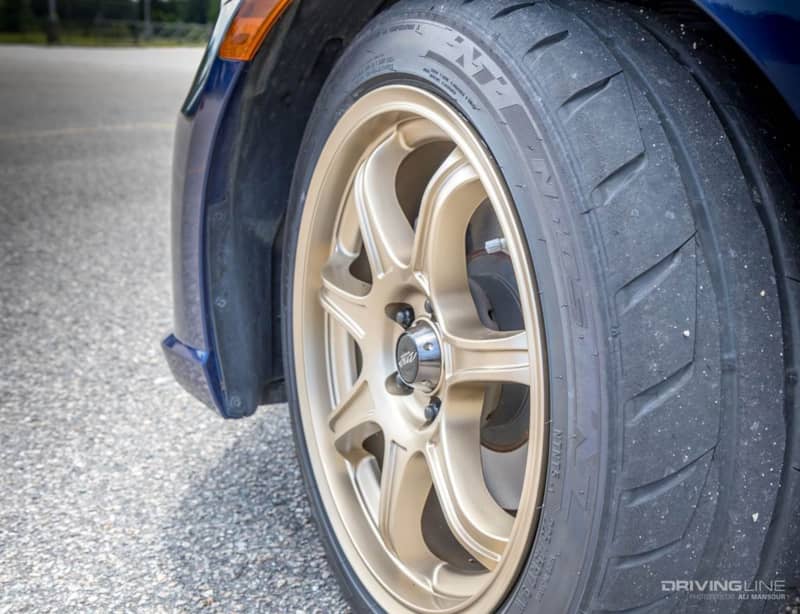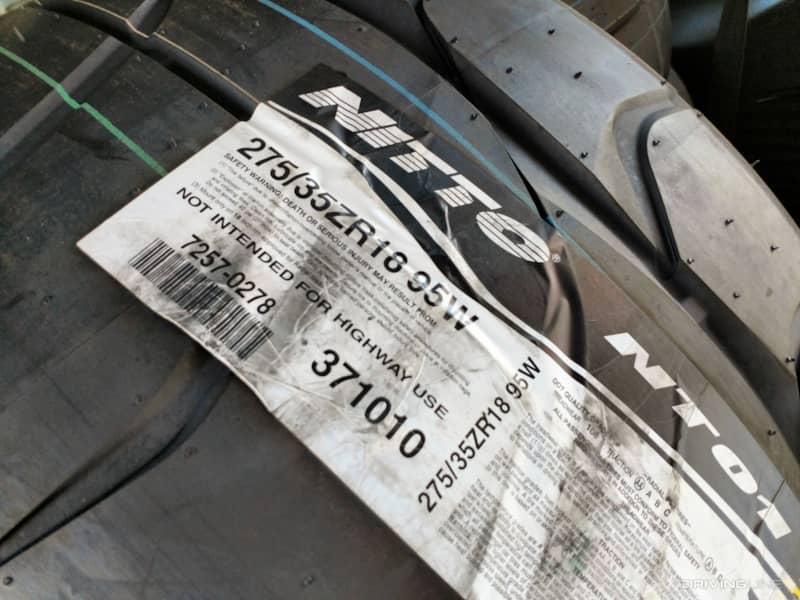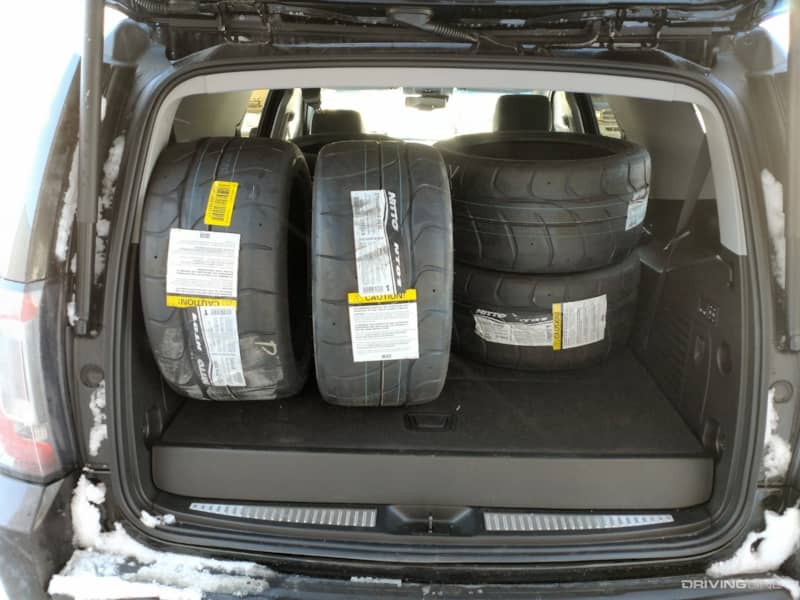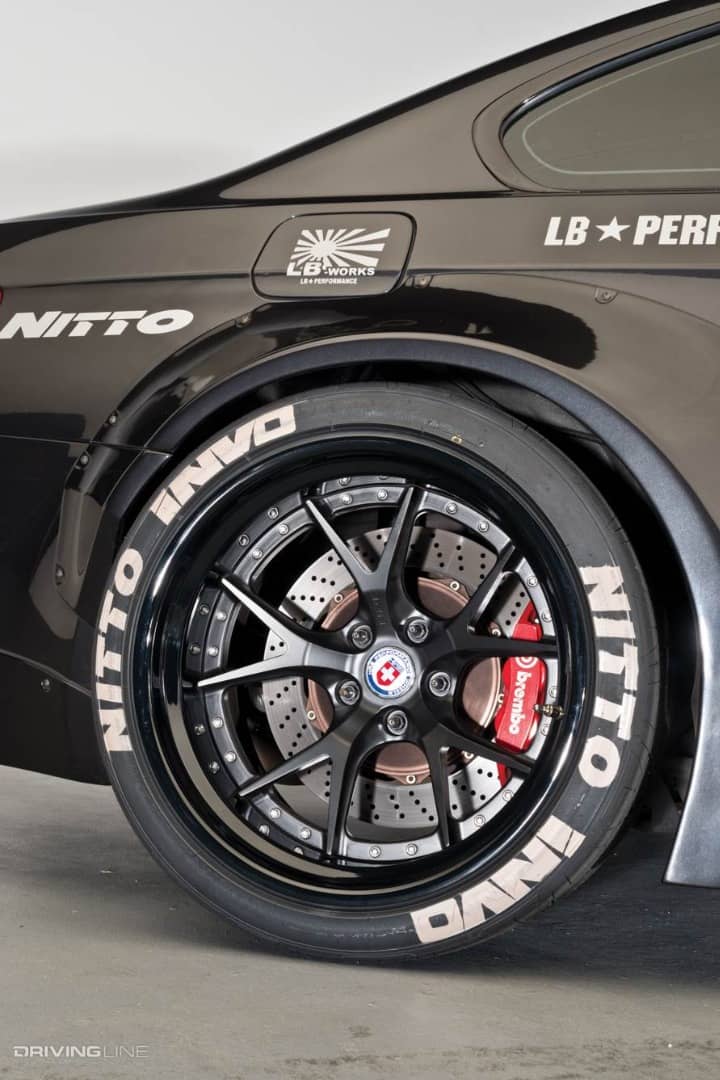Maintaining Track Tires: How to Properly Store High Performance Rubber
The high performance tires you take to the track are substantially different from standard street tires in any number of ways, providing exceptional performance that goes above and beyond what is required for daily driving. It's only natural, then, that the unique rubber compounds that gives these tires their super powers also require above-average levels of care and maintenance.
That being said, taking proper care of track tires is a bit of a dark art, with some weekend racers or autocross enthusiasts not aware that they need to be treated differently than what you'd get off the rack at your local shop. This is especially true when it comes to longer-term storage, particularly in cold weather climates, due to the unique chemistry involved in the production of these tires.
Compounding The Problem
What makes race-ready tries that much different than typical high-end summer or basic all season tires? It all comes down to the specific properties of the rubber that they use, which are intended to operate within a much higher temperature range than a more pedestrian compound can withstand.

Track tires have it rough. Not only do they have to offer outstanding grip, but they also have to withstand the extreme heat that's generated during high speed cornering and braking. As a result the compounds that are used in their tread blocks (or the surface facing the asphalt, on a slick tire) are designed specifically to stay as soft as possible through a certain number of heat cycles.
A heat cycle refers to the tire reaching its maximum operating temperature and then cooling down again. When done to a brand new tire in a controlled environment, this allows for the rubber bonds to break and reattach with greater strength, but over time and in competition, consistent high temperatures and multiple heat cycles will eventually harden a compound to the point where it is no longer soft enough to provide effective levels of grip.
Hot Topic
It might not surprise you to learn that heat-sensitive rubber is also vulnerable to the lower extremes of the temperature scale. Those same soft compounds that stick at higher temps have a tendency to become brittle once the mercury starts to drop, and the closer they approach the freezing mark, the greater the chance they will stiffen to the point where cracks can start to appear on the face of the tire.

Generally, rolling on a track tire at very low temperatures is a bad idea as the extra load only increases the stresses associated with a hardening compound. Even simply storing a tire at temperatures below freezing, however, can cause irreparable damage by reducing its ability to flex again once thawed.
Fortunately, tire manufacturers are good about letting you know how to properly care for specific types of rubber. Nitto, for example, publishes a guide for several of its models (NT555R, NT01, NT05) that details what temperatures are safe (above 15 F) for storage, mounting, and dismounting.
Protect That Rubber
What other concerns should you address when storing competition tires? In general, it's better to remove them from a vehicle and not have them supporting a static load for months at a time, as that can sometimes lead to flat-spotting. Some manufacturers also recommend dropping pressures by half during extended storage periods.

In addition, all rubber is vulnerable to UV light and ozone. The former can be dealt with by ensuring that tires are not stored outdoors where they'll be exposed to sunlight, which can break down a rubber compound over time and lead to 'dry rot,' or cracking.
The latter requires storage in an air-tight plastic bag, as ozone (or O3) will break up rubber molecules over time. You might not realize it, but there are parts of your basement or garage where ozone can concentrate, such as around furnaces, electric sump pumps, or any other electric switches or motors. A standard tire tote bag isn't airtight and won't protect against ozone, so the plastic is a must if you're dealing with any of the above apparatus in the vicinity of your rubber.
Maximize Your Fun

In truth, most of the above reads like common sense. If you can avoid exposing your tires to extreme temperatures, long periods of sitting under the entire weight of your car, and away from harsh sunlight and heavy ozone, you won't have much issue getting maximum life and performance out of your high performance rubber.
Want to get deeper into tire and wheel care? This guide will get you started.







